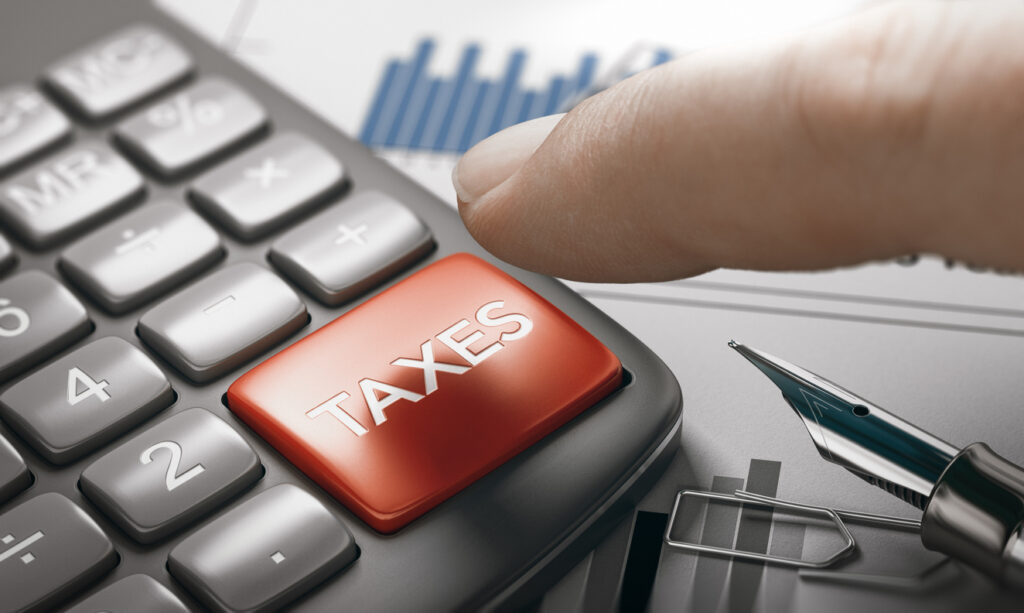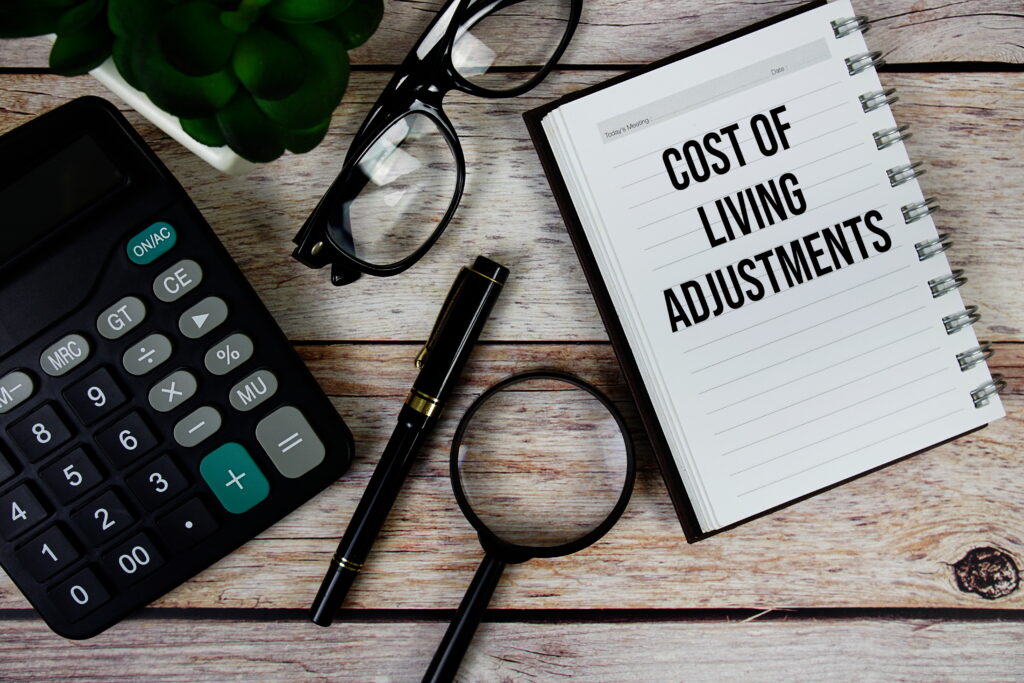The April 15 tax filing deadline is fast approaching—where did the time go? No one looks forward to tax season (except maybe accountants), but here are a few quick tax tips to make sure it isn’t any more painful than it has to be.
- File on time (or file an extension before the deadline)
This one seems obvious, but a lot of people don’t realize that there’s no grace period—and the costs are no joke. Filing late, even by a day or two, means paying a penalty equal to 5% of the amount you owe. And that same penalty will apply again for each month you’re late after the filing date. That could cost you a lot very quickly. If you can’t get them filed by then, be sure to file an extension.
- Don’t forget to claim unemployment benefits!
Did you collect any unemployment for the 2023 tax year? If you did—even just one or two checks—you need to include them in your filing. It’s confusing, because even if you already paid income tax on them, they still need to be included in your reported earnings. (If they’re not, your filing won’t match the number the IRS has for your total income, and then they might reject your tax return. Think what a hassle that would be!)
- See if there’s a way you can file free
Did you know that a lot of people (an estimated 70% of Americans) are eligible to file their taxes for free? If your taxes are simple and straightforward, you might qualify.
Free filing is ideal if you’re filing as single or married filing jointly, taking the standard deduction, and only have W2 income.
On the other hand, if you have complicating factors—for example, you’re filing in multiple states or claiming business losses—then it’s likely you won’t qualify to file for free.
Be cautious about companies like Intuit or H&R Block that advertise free filing, but then sometimes tell you you have to pay their ‘upgrade’ fee after you’ve done most or all of the work preparing your taxes with them.
If you don’t qualify for companies like Intuit or H&R Block’s free services and want to file for free, you can still use filing software from the IRS called IRS Free File if your adjusted gross income (AGI) is less than $73,000. If your AGI is higher than $73,000, you can use the IRS’ Free Fillable Forms—it’s pretty bare-bones, but it’s free!
- Double-check for basic mistakes
Chances are you did everything right, and most software will catch typos these days, but… it’s always worth taking one more look. A simple typo, or a name or address that doesn’t exactly match the one the IRS has on record, can cause a lot of trouble. Check things like your name (and make sure you’re consistent with using a middle name, middle initial, or neither), social security number, and your bank information. Also, make sure you signed your return—that part’s easy to miss!
- Track your return (and refund, if any) on the IRS website
It can be a little anxiety-inducing, wondering if everything’s okay with your tax return once you send it off. But if you e-filed, you don’t have to worry. You can create an account on the IRS’ website that will allow you to see the status of your return, and any refunds that you have coming. It’s easy to do, and there are even step-by-step instructions on how to set up your account.
Hopefully these quick tax tips will make things a little easier for you as you get ready to file your taxes. Hopefully you won’t owe too much, and soon it will all be over and you won’t have to think about it again for another year.
For those of you who aren’t dreading filing your taxes because you already know you’ll be getting a refund… we salute you!










